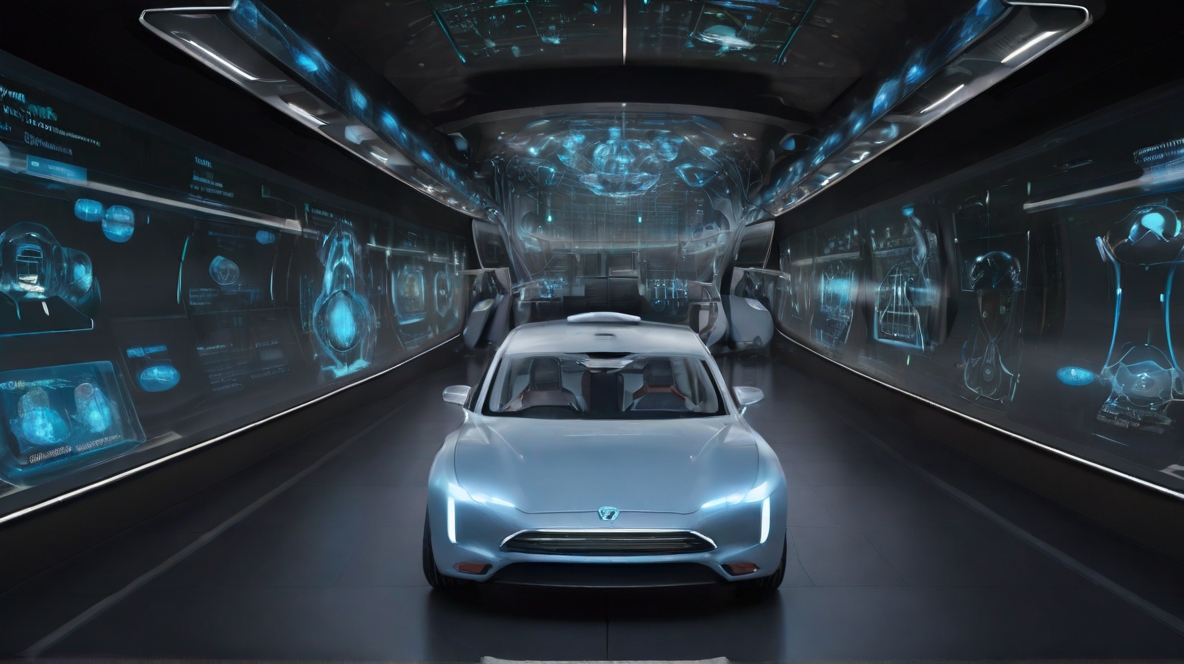Artificial Intelligence (AI) and Machine Learning (ML): Revolutionizing the Future
In recent years, Artificial Intelligence (AI) and Machine Learning (ML) have emerged as transformative technologies with the potential to revolutionize industries, reshape economies, and redefine how we interact with technology. This detailed article explores the fundamental concepts, applications, challenges, and future prospects of AI and ML.
Understanding Artificial Intelligence (AI)
Artificial Intelligence refers to the simulation of human intelligence in machines that are programmed to mimic cognitive functions such as learning, problem-solving, reasoning, perception, and language understanding. AI systems are designed to perform tasks that typically require human intelligence, ranging from simple to complex activities.
Types of AI:
1. Narrow AI (Weak AI): This type of AI is designed to perform specific tasks or functions within a limited domain. Examples include voice assistants (like Siri and Alexa), recommendation algorithms (Netflix, Amazon), and autonomous vehicles.
2. General AI (Strong AI): General AI refers to a hypothetical system that exhibits intelligence and cognitive abilities comparable to humans across a wide range of tasks. Achieving true general AI remains a long-term goal and presents significant scientific and ethical challenges.
Exploring Machine Learning (ML)
Machine Learning is a subset of AI that involves the development of algorithms and statistical models that enable computers to learn from and make decisions based on data, without explicit programming. ML algorithms improve their performance over time by learning from experience and patterns in data.
Key Concepts in Machine Learning:
1. Supervised Learning: In supervised learning, algorithms are trained on labeled data to make predictions or decisions. Common applications include classification (e.g., spam email detection) and regression (e.g., predicting house prices).
2. Unsupervised Learning: Unsupervised learning involves training algorithms on unlabeled data to identify patterns or structures. Clustering and dimensionality reduction are typical unsupervised learning tasks.
3. Reinforcement Learning: Reinforcement learning uses a trial-and-error approach, where agents learn to make decisions by interacting with an environment and receiving feedback or rewards based on their actions. This approach is popular in game playing and robotics.
Applications of AI and ML
AI and ML have diverse applications across industries and sectors, including:
- Healthcare: Diagnostics, drug discovery, personalized medicine.
- Finance: Fraud detection, algorithmic trading, credit scoring.
- Retail: Customer segmentation, demand forecasting, recommendation systems.
- Manufacturing: Predictive maintenance, quality control, supply chain optimization.
- Transportation: Autonomous vehicles, route optimization, traffic management.
- Entertainment: Content recommendation, gaming, virtual assistants.
Challenges and Considerations
Despite the rapid advancements in AI and ML, several challenges remain:
- Ethical Concerns: Issues related to bias in algorithms, data privacy, and the impact of AI on jobs and society.
- Data Quality and Availability: ML models heavily rely on quality, diverse, and labeled datasets.
- Interpretability: Understanding and explaining the decisions made by AI systems.
- Security and Robustness: Ensuring AI systems are secure and resistant to adversarial attacks.
Future Trends and Outlook
The future of AI and ML holds tremendous promise:
- Advancements in Deep Learning: Deep neural networks are driving breakthroughs in speech recognition, image processing, and natural language understanding.
- AI for Social Good: Leveraging AI to address global challenges such as climate change, poverty, and healthcare accessibility.
- AI Ethics and Regulation: Increased focus on developing responsible AI frameworks and regulations.
In conclusion, AI and ML are poised to transform industries, improve efficiency, and drive innovation in the coming decades. However, harnessing the full potential of these technologies requires addressing ethical, technical, and societal considerations to ensure a future where AI benefits humanity as a whole. As we navigate this AI-driven era, continuous research, collaboration, and responsible deployment will be key to realizing the transformative potential of Artificial Intelligence and Machine Learning.










0 Comments